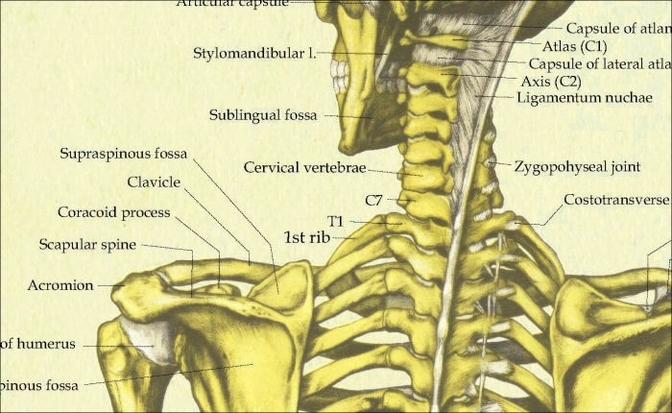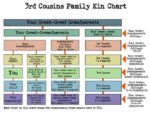Human Anatomy: The Skeletal System
The skeletal system, also known as the musculoskeletal system, is a vital part of the human body. It provides the body with shape, stability, and protection of internal organs. It is composed of 206 bones that connect to each other via joints. Accessory structures that support the skeletal system are the cartilage, ligaments, bursae, and muscle tendons.
The skeletal system can be broken down into two parts: the axial skeleton and the appendicular skeleton.
Axial Skeleton
The adult axial skeleton consists of 80 bones. It’s made up of the bones that form the vertical axis of the body, such as the bones of the head, neck, chest, and spine.
*Skull Bones*: The adult skull comprises 22 bones. These bones can be further classified by location: Cranial bones (8) form the bulk of your skull and help to protect your brain. Facial bones (14) are found on the front of the skull and make up the face.
*Auditory Ossicles*: The auditory ossicles are six small bones found within the inner ear canal in the skull. They work together to transmit sound waves from the surrounding environment to the structures of the inner ear.
*Hyoid*: The hyoid is a U-shaped bone found at the base of the jaw. It serves as a point of attachment for muscles and ligaments in the neck.
*Vertebral Column*: The vertebral column is made up of 26 bones. The first 24 are all vertebrae, followed by the sacrum and coccyx (tailbone).
*Thoracic Cage*: The thoracic cage is made up of the sternum (breastbone) and 12 pairs of ribs. These bones form a protective cage around the organs of the upper torso, including the heart and lungs.
Appendicular Skeleton
There are a total of 126 bones in the appendicular skeleton. It consists of the bones that make up the arms and legs, as well as the bones that attach them to the axial skeleton.
The skeletal system is more than just a framework. It also plays a crucial role in movement, blood cell production, mineral storage, and organ protection. Despite its rigid structure, the skeletal system is dynamic, constantly remodeling and adapting to physical stress.
The skeletal system is also unique in that it undergoes significant changes throughout a person’s life. Children’s skeletons actually contain more bones because some of them, including those of the skull, fuse together as they grow up. There are also some differences in the male and female skeleton. The male skeleton is usually longer and has a high bone mass. The female skeleton, on the other hand, has a broader pelvis to accommodate for pregnancy and childbirth.
In conclusion, the skeletal system is a complex and vital component of human anatomy. Its intricate design and multifaceted functions underscore its importance in supporting life and health.



